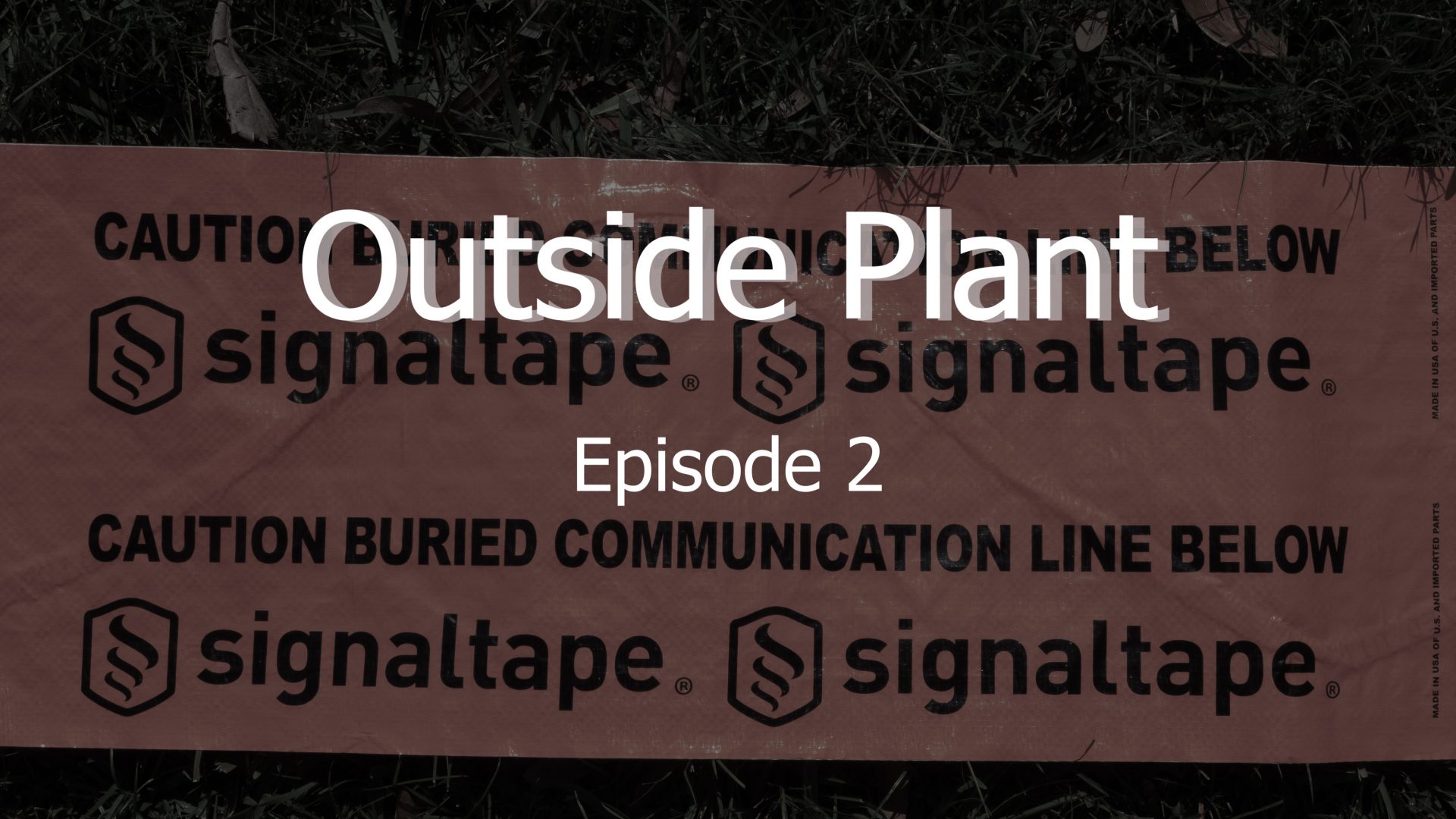Audio Version of Post
Episode 2
Pathway Selection
When making pathway selections, you have 3 options, aerial, buried, or underground. So, how do you choose. If it's a new area, you may consider a pole line since it is the least expensive option and can be constructed quickly.
But, what are the pros and cons to an aerial solution. On the plus side, it can be constructed quickly and inexpensively. But, it's susceptible to damage from vehicles, weather and deteriorates over time and is more maintenance intensive. Then there's the issue of aesthetics. Pole lines are the least attractive option by a long shot. Plan for a 30 year life when using this option.
But what if you're planning on using an existing pole line. Now, you have to consider if there is room to place a new strand for your cable. If not can you over lash to an existing cable or do you have to replace poles to have enough room for your new strand. This would require coordinating with the other utilities that occupy the space and requesting them to transfer to the new poles.
Also, remember that just as we rely on the NEC for inside cable codes, you'll need to consult the NESC for codes related to outside plant, like separation from other utilities.
If you choose to go the buried route, the advantages are that it maintains the aesthetic appearance of the route, is cheaper than underground and can easily bypass obstructions. But, this solution makes future reinforcement more difficult. Some designers choose to drop one or two ducts into the trench when placing the cable to allow for future cable placement without re trenching. Also, it doesn't provide the same physical protection for the cables that an underground system does. And if you're placing all dielectric cable, it is mandatory to bury a locating tape above it.
Then, there's underground. Why would you choose this option. Maybe an existing pole line is at capacity or buried cable is not an option because the right of way is too crowded already. Maybe your customer requires it or there is a need for more physical protection. Or, maybe you need the security of an out of sight solution.
With an underground system of conduits and maintenance holes, you also have the same aesthetic advantage you do with a buried cable installation. And depending on how many ducts you install, you can reinforce the route for years to come with minimal impact on the environment and traffic flow. Plus you have greater physical protection for your cables than any other solution.
The downsides are that this is the most expensive solution in terms of initial cost, but over it's life time, an underground system is the most cost effective choice. It also requires extremely accurate route planning to avoid other utilities and minimize traffic interruptions.
So, it's not an easy choice. Define your needs and base your decision on the solution that satisfies them.
See you next week....and thanks for listening.


